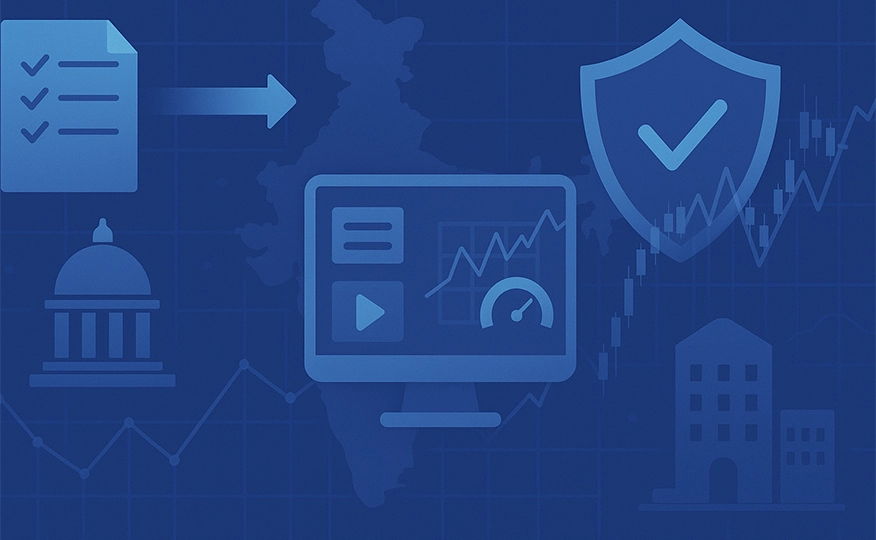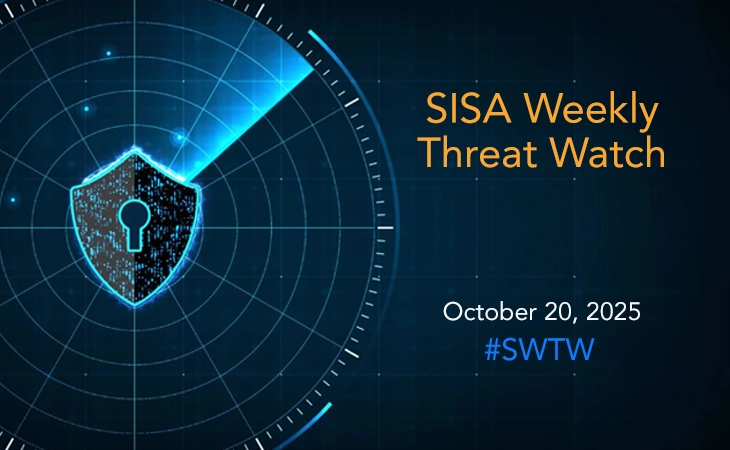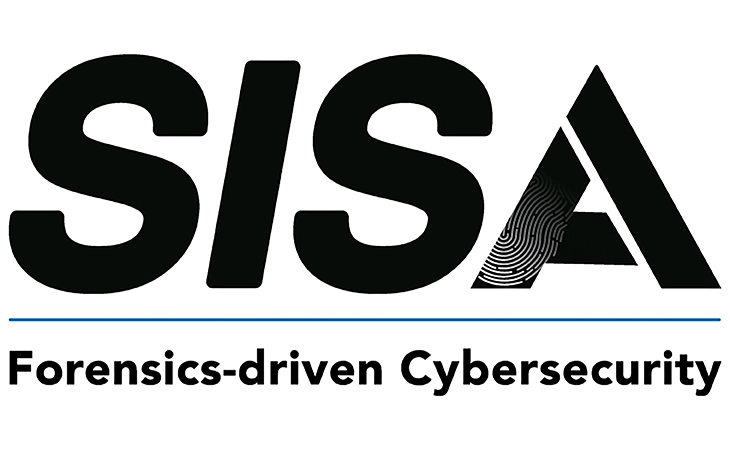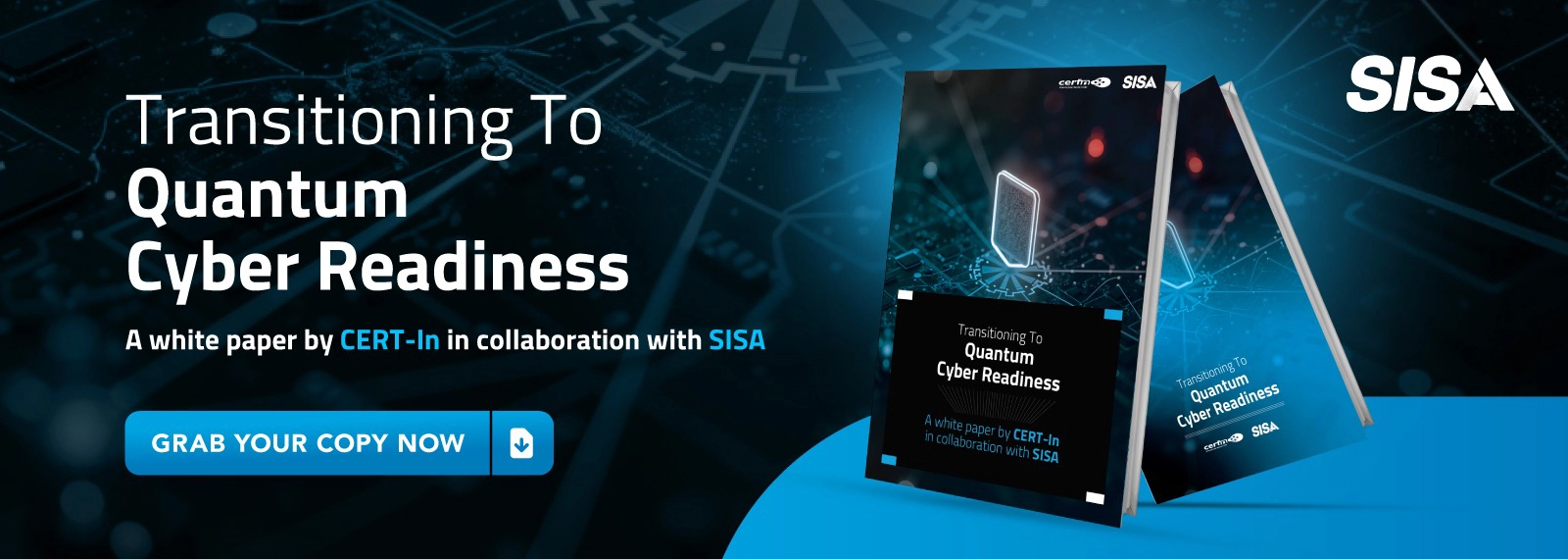What is Managed Detection and Response (MDR) service?
Managed Detection and Response (MDR) is a specialized cybersecurity service that provides organizations with advanced threat detection, incident analysis, and proactive threat hunting. In essence, MDR provides businesses with real-time monitoring, detection, and response to both known and unknown cybersecurity threats. It extends beyond traditional firewall and antivirus solutions, aiming to provide a more comprehensive approach to protecting an organization’s data and digital infrastructure.
As cyber threats continue to evolve in complexity and scale, the need for more effective cybersecurity measures has become essential. MDR offers businesses a way to augment their existing security programs, providing a crucial layer of protection that is both proactive and reactive.
Key features of Managed Detection and Response (MDR) service
The core features of an MDR service can vary depending on the provider, but the following are generally standard across the board:
- Real-Time Monitoring:
MDR service providers deploy advanced security tools and technologies to monitor an organization’s network, endpoints, applications, and data 24/7. This continuous monitoring helps identify abnormal or suspicious activities that could indicate a potential security breach. - Data Collection and Analysis:
Advanced software tools deployed by MDR services collect vast amounts of data from various sources within the organization’s IT infrastructure. This data includes network traffic, system logs, user behavior, and more. The collected data is then analyzed using machine learning algorithms and behavior analytics to identify patterns and anomalies. - Threat Intelligence:
MDR services often incorporate threat intelligence feeds and databases that provide up-to-date information about emerging threats, vulnerabilities, and attacker tactics. This information helps organizations stay ahead of potential threats and adapt their security strategies accordingly. - Threat Detection:
MDR goes beyond traditional signature-based threat detection by utilizing behavior-based analytics and machine learning algorithms to identify anomalies and patterns associated with cyber threats. This approach helps in detecting both known threats (such as malware) and unknown threats (zero-day vulnerabilities) that might evade conventional security measures. - Incident Analysis:
When a potential threat or security incident is detected, MDR analysts investigate the event to understand its nature, scope, and potential impact. They gather relevant information to determine whether the incident is a false positive or a legitimate security breach. - Proactive Threat Hunting:
MDR providers engage in proactive threat hunting, where they actively search for signs of compromise that might not have triggered alerts. This involves analyzing historical data, current threat intelligence, and network traffic to uncover hidden threats that may have gone unnoticed. - Incident Response:
In the event of a confirmed security incident, MDR services initiate a swift and well-coordinated response. This might involve isolating affected systems, analyzing the attack vectors, removing malicious software, and restoring affected services to minimize the impact on the organization’s operations. - Forensic Analysis:
After an incident is resolved, MDR services conduct forensic analysis to understand the attack’s origin, method, and potential damage. This analysis provides valuable insights that help organizations strengthen their defenses and prevent similar incidents in the future. - Reporting and Communication:
MDR services provide regular and detailed reports to the organization, highlighting detected threats, actions taken, and overall security trends. These reports offer transparency and allow the organization’s leadership to understand the security posture and make informed decisions.
Learn more about SISA ProACT MDR Solution
What challenges can MDR address?
As cyber threats become more sophisticated and pervasive, organizations require more than traditional security solutions to safeguard their sensitive data and operations. By combining cutting-edge technology with expert analysis, MDR empowers businesses to enhance their security posture, mitigate risks, and ensure the continuity of their operations in the face of ever-changing cyber threats. Some of the key business challenges that MDR can effectively address are listed below:
- Access to Expertise – The Expertise Gap Challenge
Organizations can tap into the collective knowledge of skilled cybersecurity professionals within MDR services. These experts possess a deep understanding of the latest threat landscapes, attack methodologies, and defense strategies. This invaluable expertise enables organizations to gain insights that might otherwise be challenging to attain and sustain internally. - Alert Fatigue – Overwhelming Noise in Threat Detection
The contemporary challenge of alert fatigue stems from an overload of security alerts, often leading to critical warnings being overlooked. MDR services alleviate this burden by applying advanced analytics to filter and prioritize alerts, ensuring that genuine threats receive prompt attention while reducing the noise that can overwhelm internal teams. - Scalability – Adapting to Growth and Shifting Threats
As businesses grow or encounter shifts in their threat environment, the need for adaptable security measures becomes essential. MDR services offer seamless scalability, readily accommodating evolving organizational needs. Whether it is expanding operations or adjusting to changing threat vectors, MDR providers can readily tailor their services to ensure optimal protection levels. - Cost-Effectiveness – Budget Constraints and Resource Allocation
Establishing and managing an internal Security Operations Center (SOC) can place substantial financial strains on organizations. The expenditure associated with hiring skilled personnel, acquiring specialized tools, and ongoing training can be prohibitive. MDR services present an efficient and cost-effective alternative. By outsourcing these responsibilities to a team of seasoned cybersecurity specialists, organizations can gain access to top-tier threat detection, analysis, and incident response without incurring the overhead of a full-scale internal SOC. - Business Continuity – Mitigating Disruption and Downtime
In an environment rife with cyber threats, disruptions to business operations due to cyberattacks pose significant challenges. Downtime, financial losses, and erosion of customer trust are potential consequences. MDR services proactively tackle this challenge by focusing on early threat detection and rapid containment. Through swift responses to threats, MDR helps ensure business continuity and reduces the duration of any potential downtime, minimizing the impact of cyber incidents on operations.
Benefits of Implementing MDR
Implementing Managed Detection and Response offers organizations a range of tangible benefits. These advantages collectively contribute to a more robust cybersecurity posture that is adaptive, proactive, and capable of addressing the evolving landscape of cyber threats.
- Enhanced Security Posture:
MDR’s comprehensive approach enhances an organization’s ability to identify and respond to both known and emerging threats, including sophisticated attacks that may bypass traditional security measures. This heightened security posture reduces the risk of data breaches and unauthorized access to critical systems and sensitive information. - Faster Response Time:
When a potential threat is detected, MDR analysts can quickly investigate and assess the situation, enabling faster response times compared to internal security teams that might only react to incidents after they have caused significant damage. Swift response can prevent threats from escalating and spreading throughout the organization’s infrastructure. - 24/7 Coverage:
MDR services offer round-the-clock coverage, ensuring that potential threats are identified and addressed promptly, even outside of regular working hours. This constant vigilance helps organizations stay protected at all times, reducing the window of opportunity for cybercriminals to exploit vulnerabilities. - Compliance and Reporting:
MDR services often include robust reporting features that track and document security incidents, threat trends, and mitigation efforts. This reporting capability helps organizations demonstrate compliance with regulations and industry standards, which is essential for maintaining trust with customers, partners, and regulators.
Customer Success Story
How does MDR Differ from Other Solutions?
- MDR vs. EDR
Endpoint Detection and Response (EDR) is a cybersecurity solution focused on monitoring, detecting, and responding to threats specifically on endpoint devices like laptops, workstations, and mobile devices. EDR solutions typically provide real-time data collection and analysis to identify potential threats and then allow organizations to respond to those threats.MDR
EDR
Scope
Comprehensive, covers endpoints, networks, servers, and cloud environments.
Limited to endpoint security (laptops, workstations, mobile devices).
Monitoring
24/7 real-time monitoring with human oversight.
Real-time monitoring but usually without human oversight.
Threat Hunting
Often includes proactive threat hunting to identify hidden or emerging threats.
Generally, does not include proactive threat hunting services.
Incident Response
Includes not only detection but also immediate response and remediation strategies.
Primarily focused on detection with less emphasis on immediate response and remediation.
Threat Intelligence
Utilizes advanced threat intelligence for proactive and reactive measures.
May use threat intelligence but often in a less comprehensive manner.
- MDR vs MSSP
Managed Security Service Providers (MSSPs) are third-party companies that offer a range of security services to organizations. These services often include firewall management, intrusion detection systems (IDS), vulnerability scanning, and compliance management, among others. MSSPs offer a more general approach to cybersecurity, focusing on a broader set of capabilities that often include perimeter security and rule-based alerts.MDR
MSSP
Core Service
Specializes in threat detection, investigation, and response.
Offers a broader range of security services, including firewall management, intrusion detection, and compliance reporting.
Focus
Concentrated on proactive and reactive measures for threat management.
More focused on perimeter security and rule-based alerts.
Response
Engages in both automated and manual responses to security incidents, often involving human analysts for deep investigations.
Typically offers automated alerts and may require the in-house team to conduct further investigations.
Customization
Offers a more tailored security solution based on an organization’s specific environment and needs.
Services are often more generic and less customizable.
User Involvement
Designed to minimize the need for in-house security expertise.
Often requires a more involved role from the client’s in-house team for decision-making and incident response.
- MDR vs. Managed SIEM
Managed Security Information and Event Management (Managed SIEM) is a service offered by third-party providers that involves the centralized collection and analysis of security-related data from various network devices and systems. Managed SIEM aims to provide real-time analysis of security alerts generated by hardware and software infrastructure.MDR
Managed SIEM
Scope
Provides a more holistic view of security by monitoring network, endpoints, servers, and cloud environments.
Often focuses on internal network activities and compliance.
Data Analysis
Uses advanced analytics, including machine learning and human expertise, for real-time threat detection and response.
Relies on rules and algorithms to correlate events and generate alerts.
Response
Engages in both automated and manual incident response activities, often involving human analysts.
Typically limited to alerting, requiring further investigation and response by the client’s in-house team.
Proactivity
Typically proactive, engaging in threat hunting activities.
Generally reactive, focusing on alerting after potential security incidents occur.
Customization
Tailors its services to each organization’s specific needs and risks.
Less customizable, often depending on pre-configured rules and templates.
Choosing the Right MDR Service Provider
Selecting a Managed Detection and Response (MDR) provider is not a task to be taken lightly. Your choice could significantly influence your organization’s cybersecurity posture and resilience against increasingly sophisticated cyber threats. Below are some of the crucial factors that organizations should consider.
- Expertise and Experience:
Look for MDR providers with a track record of expertise and experience in the cybersecurity field. Assess the qualifications of their security analysts and incident responders. Ensure that they possess the knowledge and skills necessary to identify, analyze, and respond effectively to a wide range of cyber threats. - Technology Stack:
Evaluate the technology stack used by the MDR provider to confirm that it aligns with your organization’s specific requirements. Ensure that their tools and platforms are capable of real-time monitoring, advanced threat detection, and quick incident response. Ask about their use of artificial intelligence, machine learning, and behavioral analytics. - Staying Current on the Latest Threats:
Cyber threats evolve rapidly, so the chosen MDR provider must stay current on the latest threats and attack vectors. Inquire about their methods for threat intelligence gathering, such as accessing feeds, collaborating with industry peers, and conducting ongoing research. - 24/7 Service:
Cyber threats do not adhere to a 9-to-5 schedule, so 24/7 monitoring and incident response capabilities are essential. Ensure that the MDR provider offers round-the-clock coverage, including weekends and holidays.
In today’s digital landscape, where cyber threats are increasingly sophisticated and relentless, Managed Detection and Response (MDR) stands as a powerful shield against potential disasters. This comprehensive cybersecurity service, marrying advanced technology with expert analysis, offers organizations a proactive and adaptive approach to threat detection and mitigation. By continuously monitoring, swiftly responding, and collaborating seamlessly with internal teams, MDR not only safeguards against emerging threats but also provides the peace of mind that comes with knowing that the critical data and operations remain secure.
To learn more about SISA’s forensics-driven MDR solution – SISA ProACT, watch it in action or, talk to our experts today!
 USA
USA India
India APAC
APAC Middle East
Middle East Global
Global

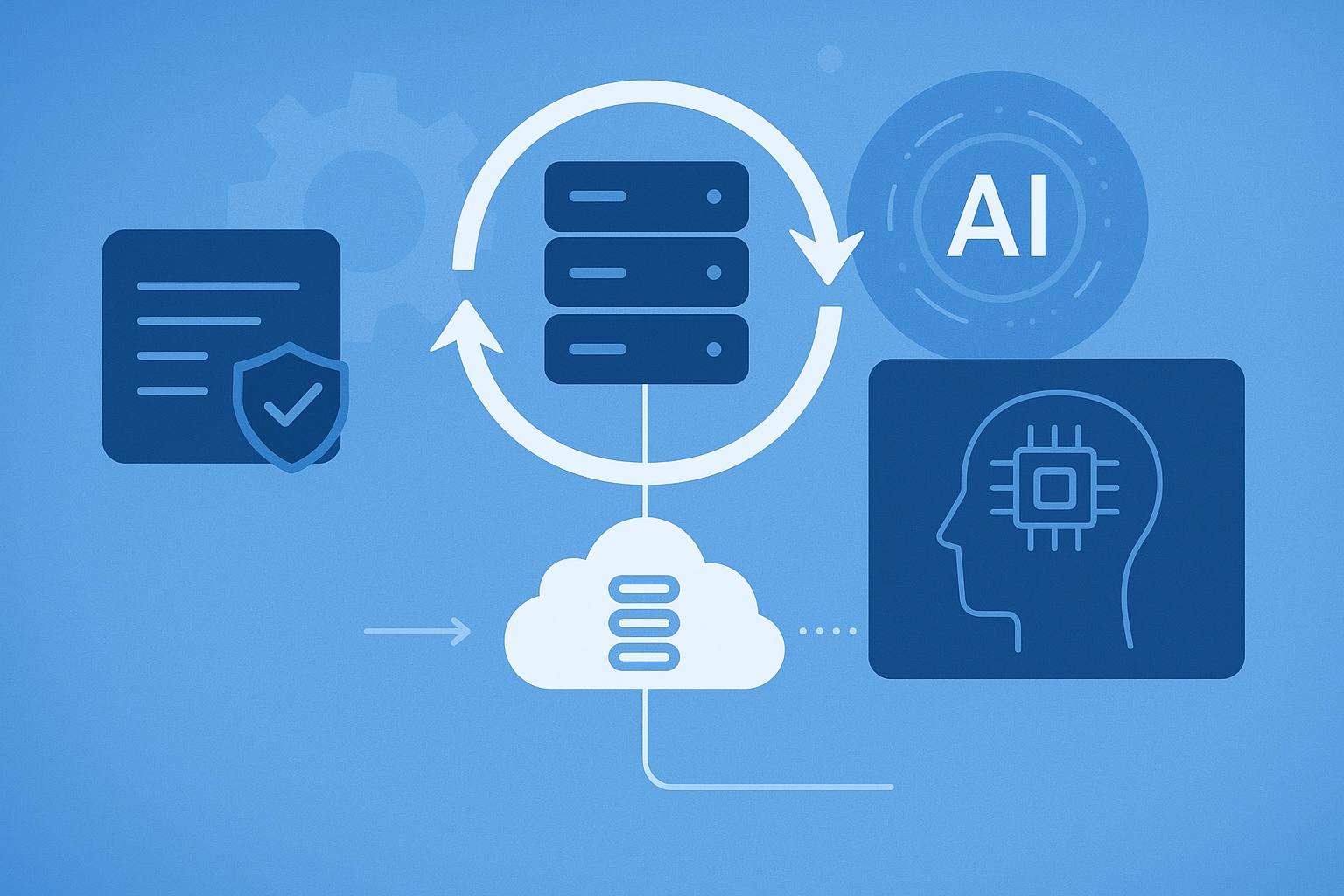
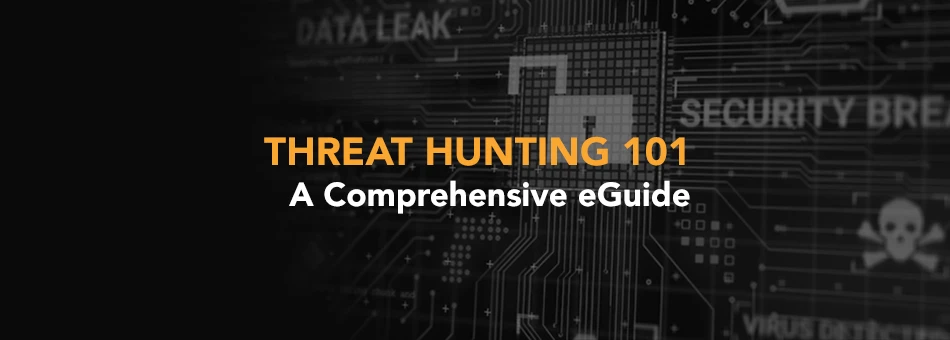

 Facebook
Facebook Linkedin
Linkedin  X
X Youtube
Youtube
